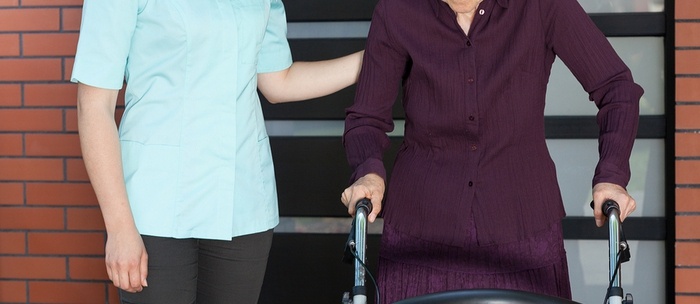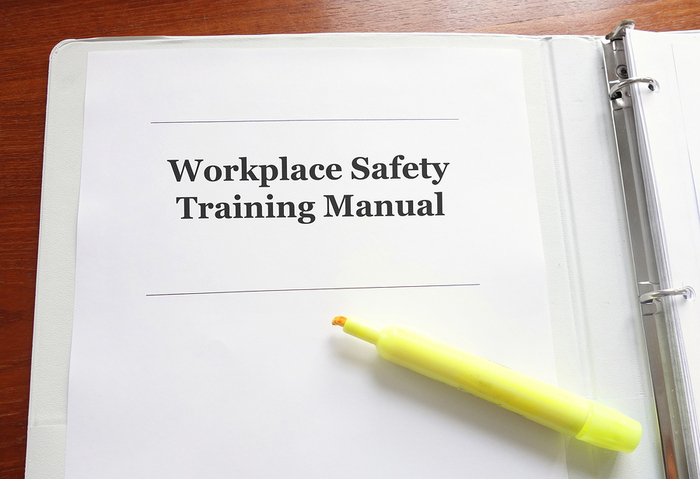
Active shooter incidents are so prevalent that the issue has been declared an “epidemic.” And while active shootings in schools may claim the largest share of media attention, long-term care facilities are not immune. In fact, just last summer four people died when a gunman opened fire at a skilled nursing care and rehabilitation center near Columbus, Ohio. Several years before that, seven nursing home residents and one nurse were killed by a gunman in Carthage, North Carolina.
The takeaway? If you work as a caregiver in a senior care facility, knowing what to do in an active shooter situation can be life-saving. Here’s a closer look at the situation, along with what to do should the unthinkable happen to you.
Active Shootings and Long-Term Care
Not such a long time ago, active shootings belonged in the “it will never happen to me” category for most people. However, as active shooting incidents have skyrocketed, more and more people are realizing—some under the most tragic of circumstances—that they may one day be caught in the crossfires.
Because of this, preparedness is critical. “An active shooter event is something that no one wants to imagine happening in a senior living community, but the reality is that all places where people congregate, including senior living communities, are vulnerable. This vulnerability calls for an increased need for preparedness,” said John Atkinson, managing partner for the Senior Living practice at leading global advisory, broking and solutions company Willis Towers Watson, in a press release.
Preparing for the Unthinkable
While the basic premise may be the same across all active shooter scenarios, the specifics differ from instance to instance. Active shootings in senior care facilities, in particular, have their own unique set of challenges.
JoAnne Carlin, vice president of clinical risk services for Willis Towers Watson’s senior living practice told Skilled Nursing News, “The uniqueness of senior living is the fact that the workers who go to work in these environments are there to help residents who really can’t perform all the activities of daily living. And so, there is a bit of a dilemma between following [guidelines] for office buildings and schools—where people can basically help themselves—to our employees in senior living trying to decide how they can preserve life for themselves [as well as] protect the residents.”
So while students are often taught the mantra, “Run, hide, fight,” senior care setting call for different protocols, according to Steve Wilder, who heads up Sorensen, Wilder & Associates, a nationally recognized leader in safety and security, emergency preparedness/disaster management, and public safety consulting services. His instructions for caregivers and other staff members in senior housing settings? The Four Outs: Get Out, Hide Out, Keep Out, and Take Out.
Specifically, says Wilder, if you hear something that sounds like gunfire, treat it like gunfire until you confirm otherwise. If you can determine the shooter’s location, the best course of action is for caregivers to move themselves and residents out of the building. Time is of the essence in active shooter situations, and using time wisely can make all the difference. Advises Wilder, “Leave belongings behind, but bring a phone if it’s in possession… [and] if time allows, announce that there is an active shooter in the building.”
Furthermore, experts also recommend that all facilities have an emergency plan in place should an active shooter situation emerge covering everything from evacuation protocols to how to barricade doors without locks. Also essential? That this plan be shared with all employees and residents. The more people know about best practices for responding in a crisis, the better prepared they’ll be to take effective action. According to the Journal of Emergency Medical Services (JEMS), people don’t panic and make bad decisions because of too much information but rather from “lack of guidance.”

Concludes Carlin, “There have been documented shootings in nursing homes and every time one of these episodes occurs, everyone stops and thinks, especially when you’re responsible with others’ lives. There’s no predictability—I think that’s the scariest part, and yet we’re all compelled to be prepared, just like you’re prepared for a hurricane or any other hazard that might befall a community. We need to be prepared for something like this because it is happening.”
Do you really want to wait until the unthinkable happens to figure out what to do? We can think of no better time than now for long-term senior care facilities and caregivers to address this critical issue. For more information on this topic, check out Willis Towers Watson's free active shooter/armed intruder response and training video and documents for the senior living industry.
Additionally, mmLearn.org offers a large library of free videos for caregivers of older adults, covering topics pertaining to senior care. Whether you are a healthcare professional or a family caregiver, if you are caring for an older adult we know that you will find mmLearn.org an essential learning and guidance tool for all of your caregiver training needs. For more useful resources for caregivers, access our database of free online training videos for caregivers.
